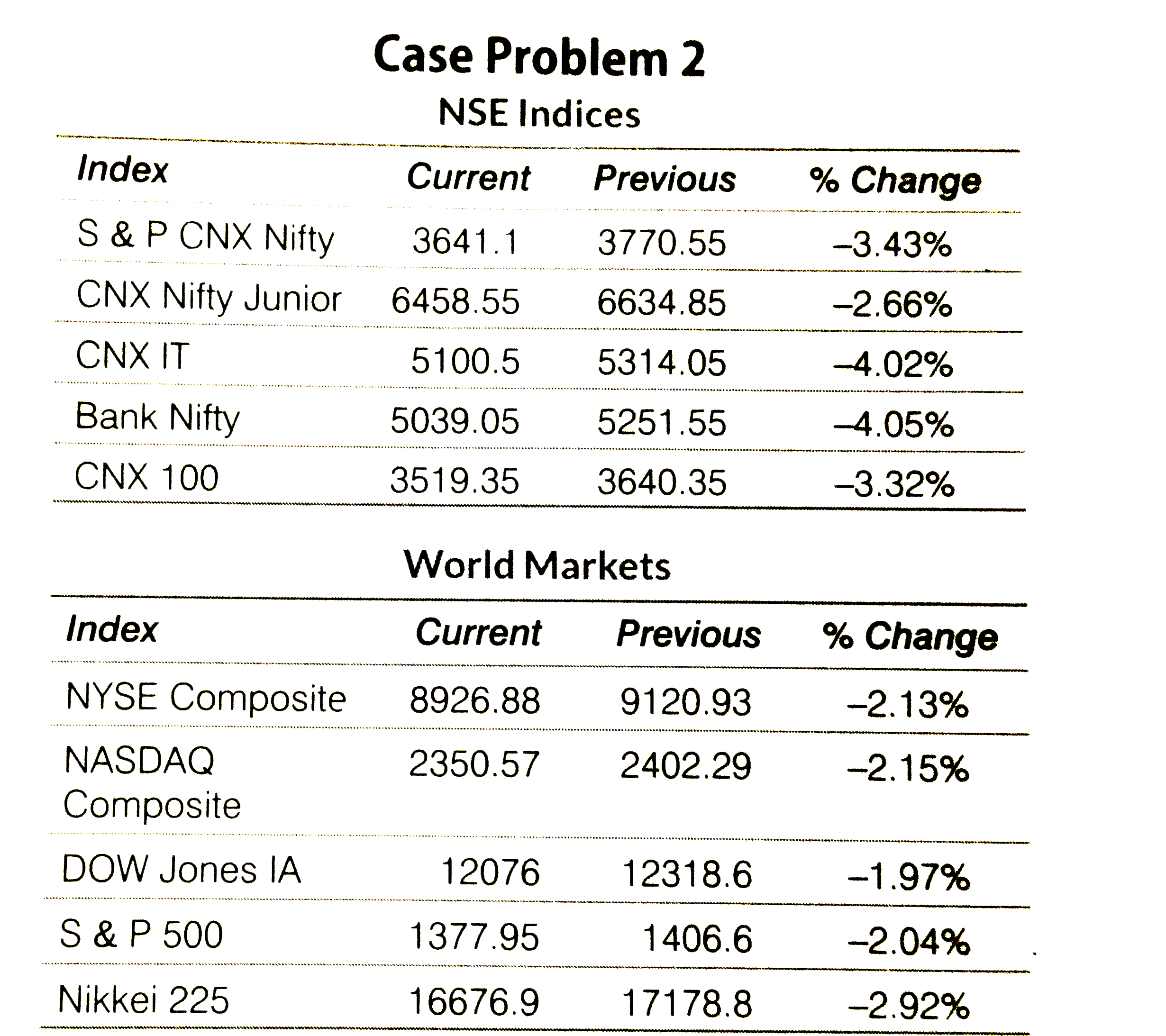Explain the various segments of the NSE.
Text Solution
The two segments for trading in NSE are :
(i) Wholesale debt market It provides a trading platform for fixed income securities like T-bills, state development loans, public sector undertakings bonds, Central Government securities, floating rate bonds, zero coupon bonds, corporate debentures, commercial paper,certificate of deposit and mutual funds.
(ii) Capital market segment It provides an efficient and transparent platform for trading in equity, preference, debentures, exchange traded funds as well as retail government securities.
|
Topper's Solved these Questions
- FINANCIAL MARKETBOOK - ARIHANT PUBLICATIONCHAPTER - FINANCIAL MARKETEXERCISE - CASE PROBLEM 1
3 Videos
- FINANCIAL MARKETBOOK - ARIHANT PUBLICATIONCHAPTER - FINANCIAL MARKETEXERCISE - CASE PROBLEM 2
3 Videos
- FINANCIAL MARKETBOOK - ARIHANT PUBLICATIONCHAPTER - FINANCIAL MARKETEXERCISE - NCERT FOLDER (SHORT ANSWER TYPE QUESTIONS)
8 Videos
- Financial Management BOOK - ARIHANT PUBLICATIONCHAPTER - Financial Management EXERCISE - CBSE Examination Archive ( Long Answer )
17 Videos
- MARKETING MANAGEMENT BOOK - ARIHANT PUBLICATIONCHAPTER - MARKETING MANAGEMENT EXERCISE - CBSE Examinations archive
36 Videos
Similar Questions
Explain the various stages of interphase.
View SolutionExplain the various elements of business ethics.
View SolutionExplain the various effects of the disaster of railway accident.
View SolutionName the various segments of ITC limited.
View SolutionExplain various classes of Algae.
View SolutionExplain the various methods of producing induced current.
View SolutionExplain various types of products.
View Solution
The above figures are taken from the website of National Stock Exchange of India. They illustrate the movement of NSE stock indices as well as world stock indices on the date indicated.
What conclusions can you draw from the various movements of NSE atock indices?
View SolutionExplain the various types of acquired immunity.
View SolutionExplain various elements of visual interpretation .
View Solution
